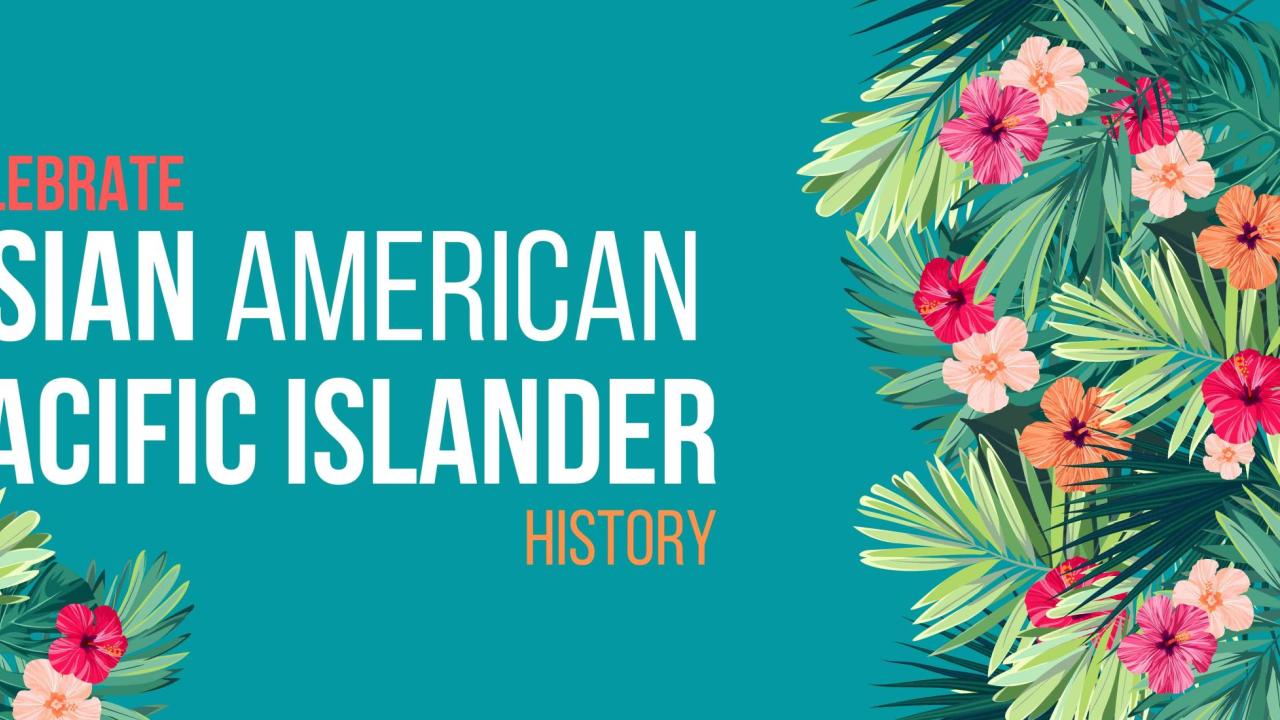
Celebrating Changemakers
2022 Asian American Pacific Islander History Month
Quick Summary
- This blog discusses the significance of AAPI history and offers teaching resources
The pandemic years of Asian American and Pacific Islander (AAPI) Heritage month have been as sobering as celebratory. Last May, in the shadow of the tragic and murderous deaths of spa workers and patrons in Atlanta, and in light of the necessity for a #StopAsianHate campaign, I urged our teaching and teacher community to integrate AAPI histories within their curriculum. This is one step towards combating xenophobia and the seemingly popular belief that AAPIs are an invisible segment of the American population of limited historical, political, or contemporary significance. As 2021 rolled into 2022, shocking acts of anti-Asian violence and hate continued. People were brutalized and killed as they lived their everyday lives—while waiting for the subway, grocery shopping, and returning home. Now that the pandemic is slowing down its deadly pace, perhaps the attacks on AAPIs will too. Even if incident reports decline and an overpowering sense of imminent threat wanes for AAPIs, unchanging is the need for Asian American Studies in classrooms.
There is a wealth of AAPI scholarship since legislators in the 1970s chose May as the month to honor AAPI contributions and achievements. In expanding the observance from one week to a full month in 1992, lawmakers cited two historical events as justification—Japanese immigration to the United States in May 1843 and the May 10, 1863 “Golden Spike Day” celebration of the completion of the transcontinental railroad. Thirty years and many documentaries, monographs, lessons, and primary sources later, we know that the history of AAPIs is much deeper, diverse, and expansive. The racial and ethnic variety alone is amazing, not to mention the vast political, cultural, linguistic, and religious diversity of first generations who paved the path for later generations to sustain, adapt, or even dispense of in America. Unlike first generation European immigrants to the United States who could apply for naturalization upon arrival and officially naturalized after two years of residence, non-white immigrants in America challenged discriminatory citizenship laws for decades before the McCarran-Walter Act of 1952 overturned the “free white persons” requisite. Imagine building a life in a place that finds you unacceptable for citizenship.
Against this backdrop, or possibly because of it, there is so much to learn and celebrate about those who faced racialized adversity and persevered. Their stories are American stories. Their history is American history. In studying AAPI history, students will have a better understanding of why anti-Asian hate persists today, as well as why cultural heritage months are important in recognizing the multilayered experiences and contributions of historically underrepresented Americans.
In the spirit of sharing resources for the classroom that speak both to the accomplishments and the obstacles faced by AAPIs over time and place in America, I offer “AAPI Changemakers: People Who Made a Difference” for everyone to use and adapt for your teaching context. It is a collection of AAPI biographies from all across the internet that I compiled for a keynote presentation for UC Irvine’s Teaching for Justice Conference in late April. The AAPI profiles are not exhaustive and only represent a small fraction of the long list of historical figures and contemporaries I am interested in learning more about. Biographies are ubiquitous. As such, I showcased a variety of authors, agencies, organizations and changemakers drawn from archived government blogs, community organizations on social media, a children’s book, digital and cultural archives such as the Library of Congress, the Smithsonian, and the National Archives, in addition to local library and university collections (see attached list). Given the variety of authors, intended audiences, and purpose of creation, teachers may closely examine with students the range of text types and biographies to determine the how and why we honor specific people within and among us. In doing so, students are prepared and trained in taking on creative biography projects and exemplary subjects of their own choosing.
Tuyen Tran, Ph.D., is the Assistant Director of the California History-Social Science Project
Online AAPI Resources
For research and primary sources:
- ArchiveGrid
- Avalon Project (global history)
- California Digital Newspaper Collection
- Chinese Historical Society of America
- Densho Digital Repository
- The Filipino American National Historical Society
- Fordham University
- Guampedia
- Hmong Studies Journal
- Japanese American National Museum
- Library of Congress
- Korean American Digital Archive
- Life Magazine Photo Archive
- National Archives
- National Japanese American Historical Society
- Online Archive of California
- Oyez
- Pioneering Punjabis Digital Archive
- South Asian American Digital Archive
- Southeast Asian Digital Archive
- Spartacus Educational (global history)
- The Vietnam Center and Sam Johnson Vietnam Archive
- Welga Digital Archive
- WorldCat.org
For the classroom:
